Experiencing a ntoskrnl.exe BSOD on your Windows 11 system can be both frustrating and alarming. This critical system error typically manifests as a Blue Screen of Death (BSOD) and points toward the NT Operating System Kernel, a core component responsible for essential tasks like memory management, process handling, and hardware abstraction. In this article, we delve deep into the causes, symptoms, and proven solutions for resolving the ntoskrnl.exe BSOD in Windows 11.
What is ntoskrnl.exe and Why Does It Cause BSOD?
The ntoskrnl.exe (short for Windows NT Operating System Kernel) is a vital Windows system file that manages RAM, CPU processes, and system drivers.
Common Symptoms of ntoskrnl.exe BSOD in Windows 11
The common signs of an ntoskrnl.exe crash include:
Sudden restarts with Stop Code: CRITICAL_PROCESS_DIED or IRQL_NOT_LESS_OR_EQUAL
Minidump analysis pointing to ntoskrnl.exe
Frequent crashes during startup or heavy tasks
High CPU usage without reason
Error codes like 0x0000007E, 0x0000001A, or 0x0000003B
A BSOD linked to ntoskrnl.exe typically signals deep-rooted system issues, such as:
Corrupted system files
Faulty RAM or hardware components
Outdated or incompatible drivers
Malware infection
Overclocking instability
Understanding the root cause is essential to implementing a long-term fix.
How to Fix ntoskrnl.exe BSOD in Windows 11
We’ve compiled a list of the most effective and reliable solutions to fix the ntoskrnl.exe BSOD issue in Windows 11. Follow each step carefully to restore stability and performance to your system.
1. Update or Roll Back Drivers
Drivers act as communication bridges between your hardware and the operating system, and if they’re outdated or corrupted, they can lead to kernel-level errors like ntoskrnl.exe BSODs. Ensuring your drivers are up to date is one of the most crucial steps in fixing this error.
Steps to Update Drivers:
Press Win + X and choose Device Manager.
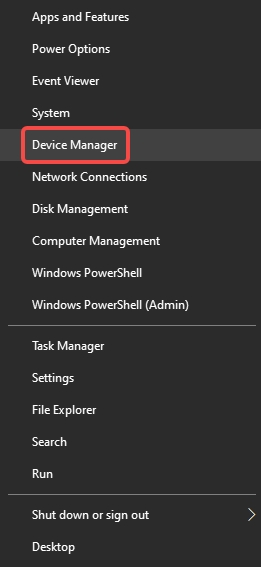
Expand key sections like Display Adapters, Network Adapters, and Storage Controllers.
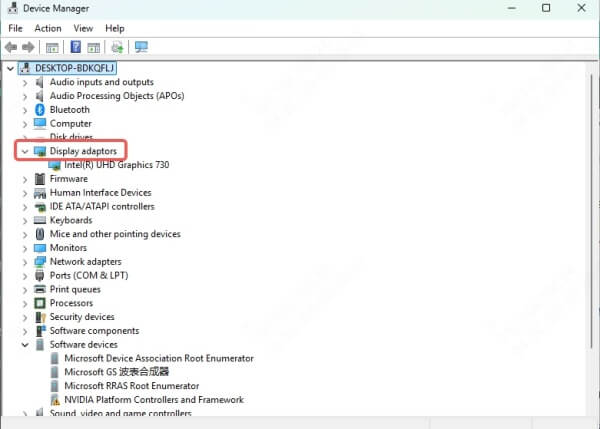
Right-click each driver → Update Driver → Search automatically.
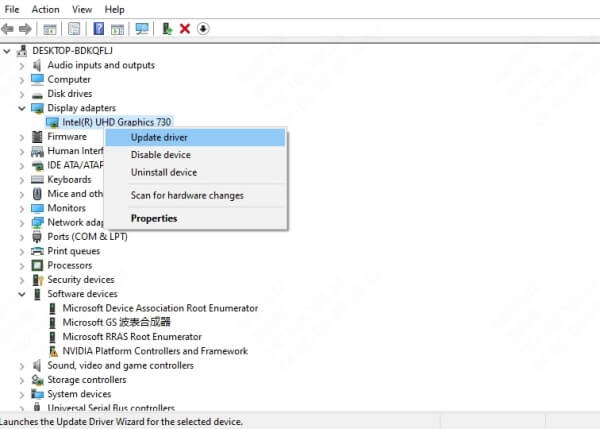
Use Driver Talent for One-Click Driver Update
For a faster, automated solution, use Driver Talent to update, repair, and back up all your drivers with a single click.
Key features of Driver Talent:
Provides the latest compatible drivers from a large database.
Backs up existing drivers before making changes.
Helps install drivers without an internet connection.
Simple and intuitive design for easy navigation.
Offers a free trial to all users.
Steps to use Driver Talent to update drivers:
Step 1. Click the button below to download Driver Talent to your PC.
Step 2. Launch Driver Talent and navigate to Drivers section. Click Scan to detect missing or outdated drivers.
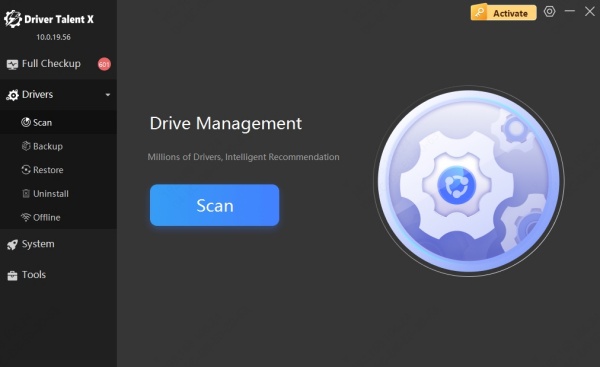
Step 3. After scanning finished, upgrade the outdated drivers from the list.
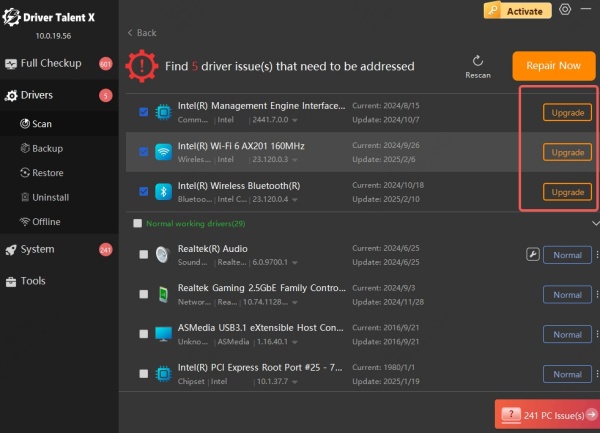
Step 4. Restart your PC.
2. Run Windows Memory Diagnostic Tool
RAM is tightly linked to system stability, and faulty memory modules are a well-known cause of ntoskrnl.exe crashes. Running a memory test can uncover hidden issues that surface only under heavy system loads.
How to Run:
Type Windows Memory Diagnostic in Start and open it.
Choose Restart now and check for problems.
The system will reboot and scan for memory faults.
If errors are found, consider replacing the problematic RAM modules immediately.
3. Check for Corrupted System Files (SFC and DISM)
System file corruption can corrupt the NT kernel or interfere with its dependencies, triggering BSODs that reference ntoskrnl.exe. Thankfully, Windows provides built-in tools to detect and fix these corruptions automatically.
Run SFC Scan:
sfc /scannow

Run DISM Tool:
DISM /Online /Cleanup-Image /RestoreHealth
These scans help restore system stability without requiring a full reinstallation of Windows.
4. Scan for Malware or Rootkits
Malware and rootkits can compromise the core kernel components, including ntoskrnl.exe, by injecting malicious code or tampering with system memory. Running a comprehensive malware scan is essential when dealing with persistent or unexplained BSODs.
5. Uninstall Problematic Windows Updates
Recent Windows updates can sometimes conflict with system-level drivers or processes, leading to ntoskrnl.exe crashes. If the BSODs began shortly after an update, rolling back the patch may resolve the issue.
Steps:
Go to Settings → Windows Update → Update History

Click Uninstall updates
Remove recently installed updates and monitor for BSOD recurrence.
6. Disable Overclocking (BIOS Settings)
Overclocking pushes your hardware beyond its intended limits, which may cause system instability and kernel crashes. If you've recently enabled overclocking in BIOS or via software, this could be a direct trigger for the ntoskrnl.exe BSOD.
How to Disable:
Reboot into BIOS (usually Del or F2 on boot)
Navigate to Overclock or Performance Settings
Set CPU and RAM frequencies to Auto or Default
Save changes and exit BIOS
7. Perform a Clean Boot
A clean boot starts Windows with a minimal set of drivers and startup programs, which helps isolate third-party software conflicts that may crash the NT kernel. This is a diagnostic method used to identify troublesome services or apps.
Steps:
Press Win + R, type msconfig, hit Enter.
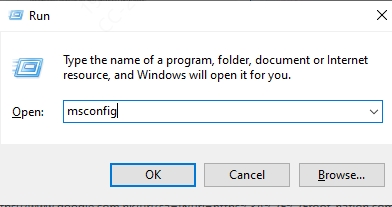
Under Services tab, check Hide all Microsoft services → Click Disable all.
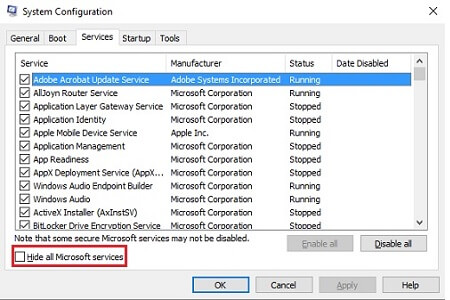
Under Startup tab → Open Task Manager → Disable all startup items.
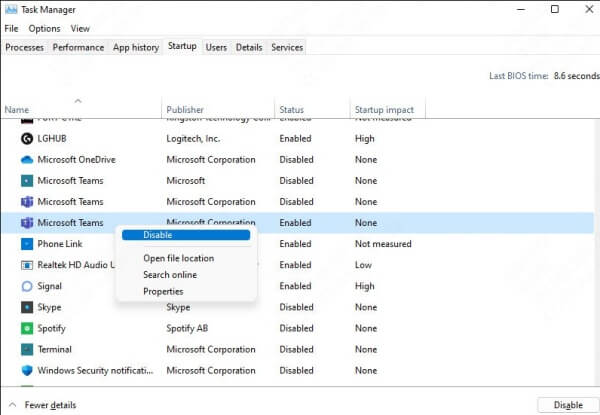
Reboot your system.
Gradually re-enable services to determine the cause of the conflict.
8. Analyze Minidump Files
Minidump files provide detailed reports about BSOD crashes, including driver behavior and kernel responses at the time of failure. Reviewing these can give you insight into whether ntoskrnl.exe is the cause or just the messenger.
How To Analyze:
Use BlueScreenView or WinDbg
Navigate to C:\Windows\Minidump
Open the latest file and look for modules tied to ntoskrnl.exe or third-party drivers
Use this analysis to update or remove problematic drivers accordingly.
9. Run CHKDSK for Drive Errors
Hard drive issues such as bad sectors or file system corruption can compromise the operating system and the ntoskrnl.exe process. Running CHKDSK allows Windows to scan and repair drive-level issues that can indirectly cause BSODs.
Command to Run: chkdsk C: /f /r /x
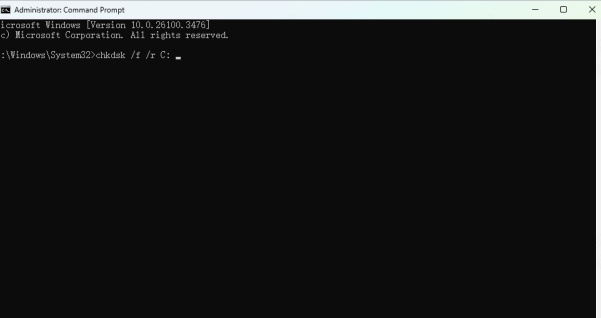
This may take some time but is highly effective for identifying underlying hardware issues.
10. Reset or Reinstall Windows 11
When all else fails, a clean installation or system reset ensures you're working with a fresh, uncorrupted OS environment. If the ntoskrnl.exe BSOD persists after all troubleshooting steps, this is your last resort.
Steps:
Go to Settings → System → Recovery
Click Reset this PC
Choose to keep files (recommended) or remove everything
Reinstall all drivers afterward for optimal performance
Conclusion
The ntoskrnl.exe BSOD on Windows 11 can often be fixed with the right steps, from driver updates to system scans. To make the process easier, we recommend using Driver Talent — a reliable tool that automatically updates all outdated or faulty drivers with one click.
